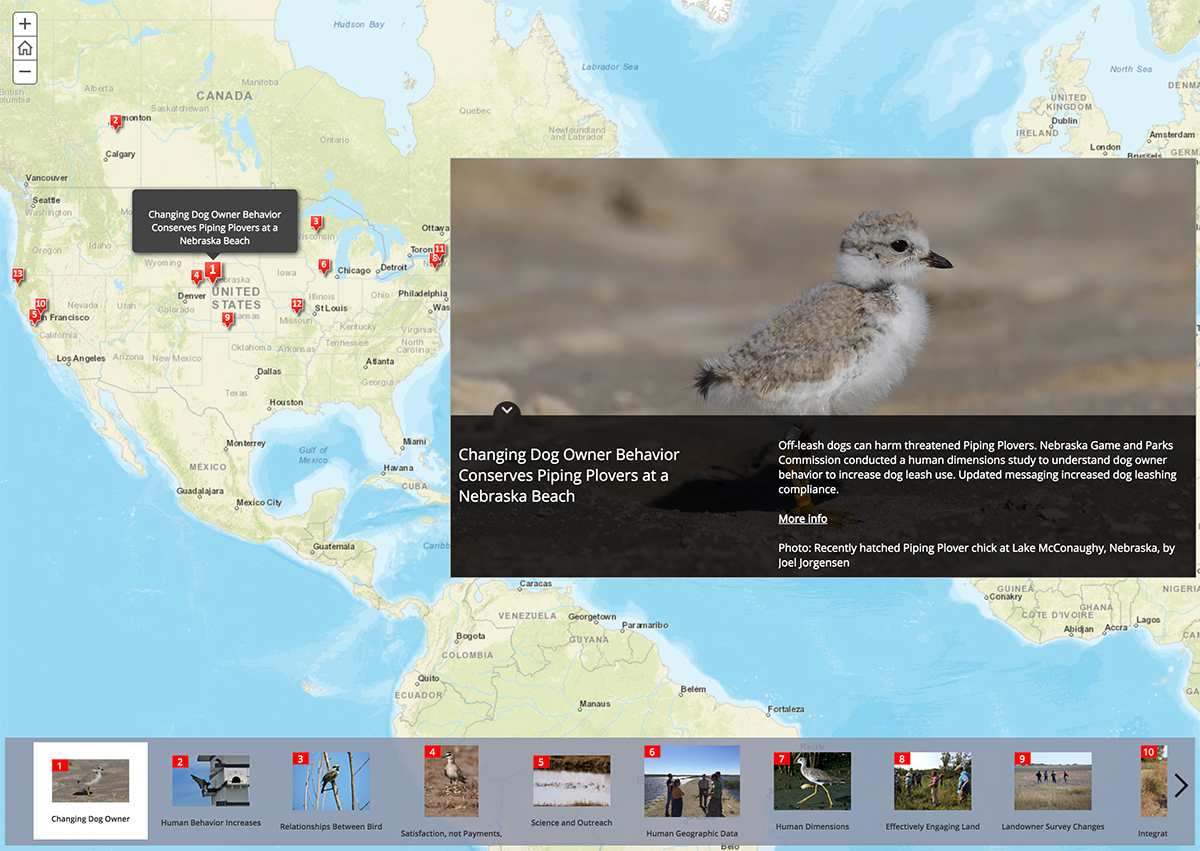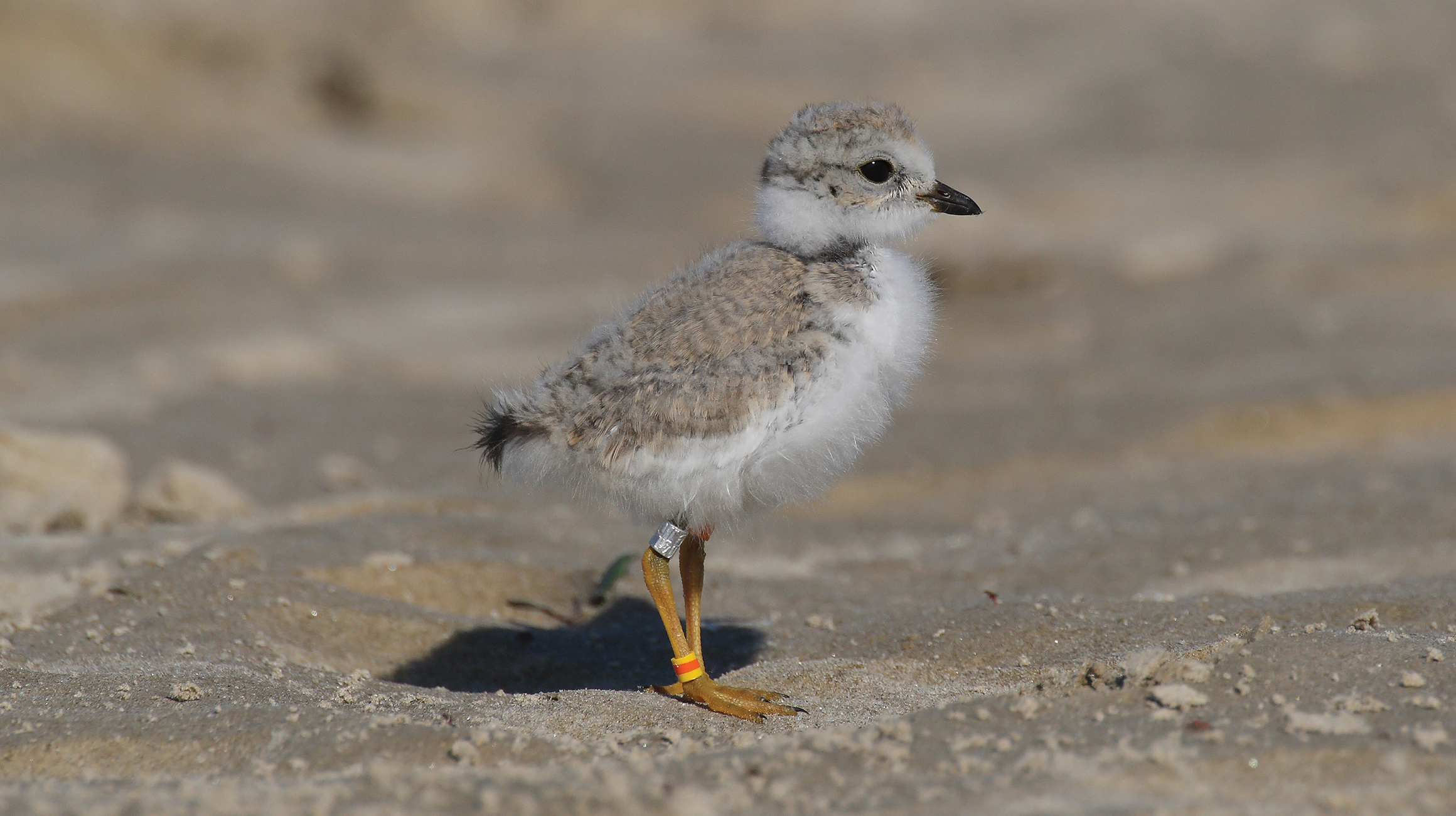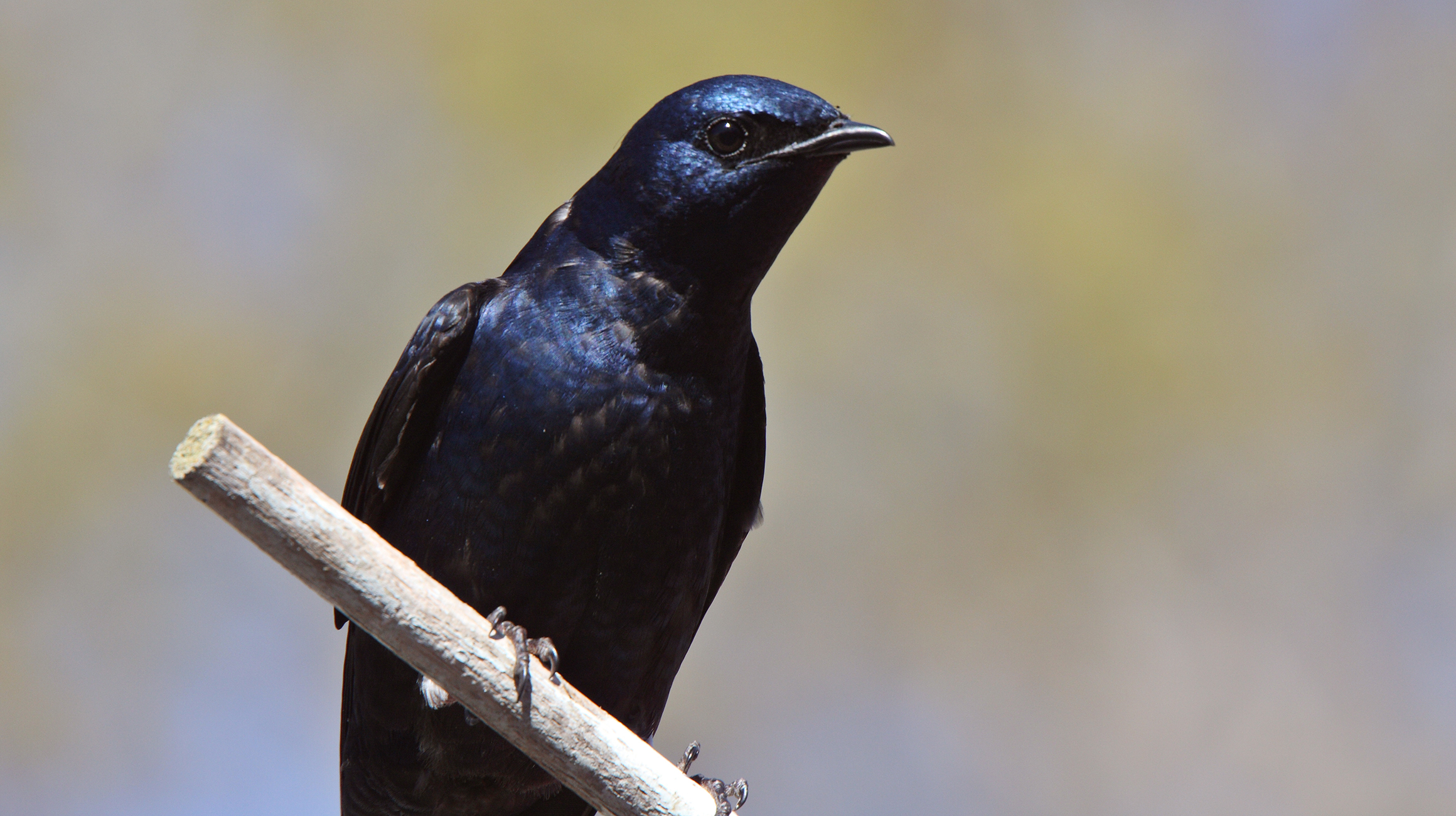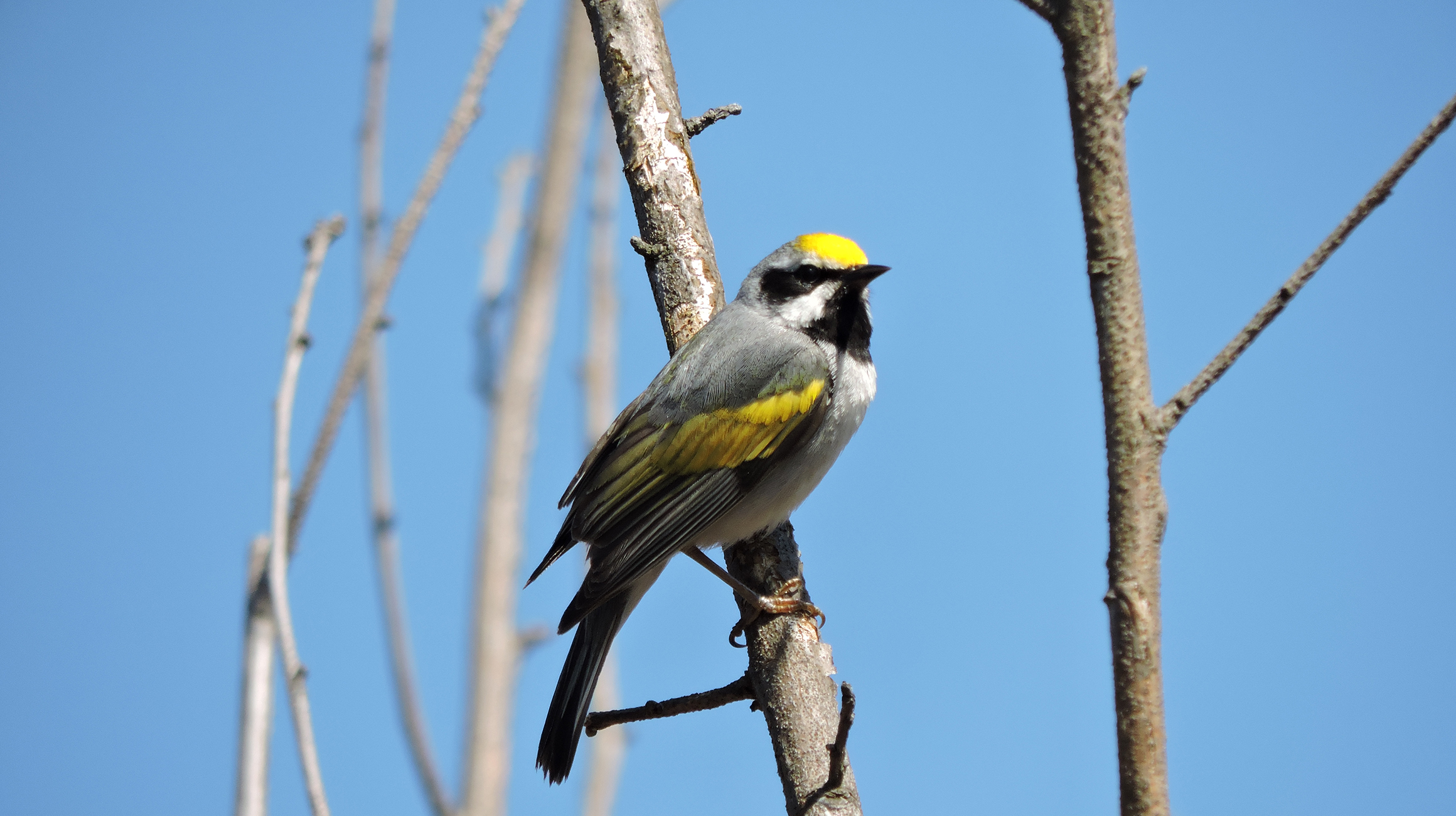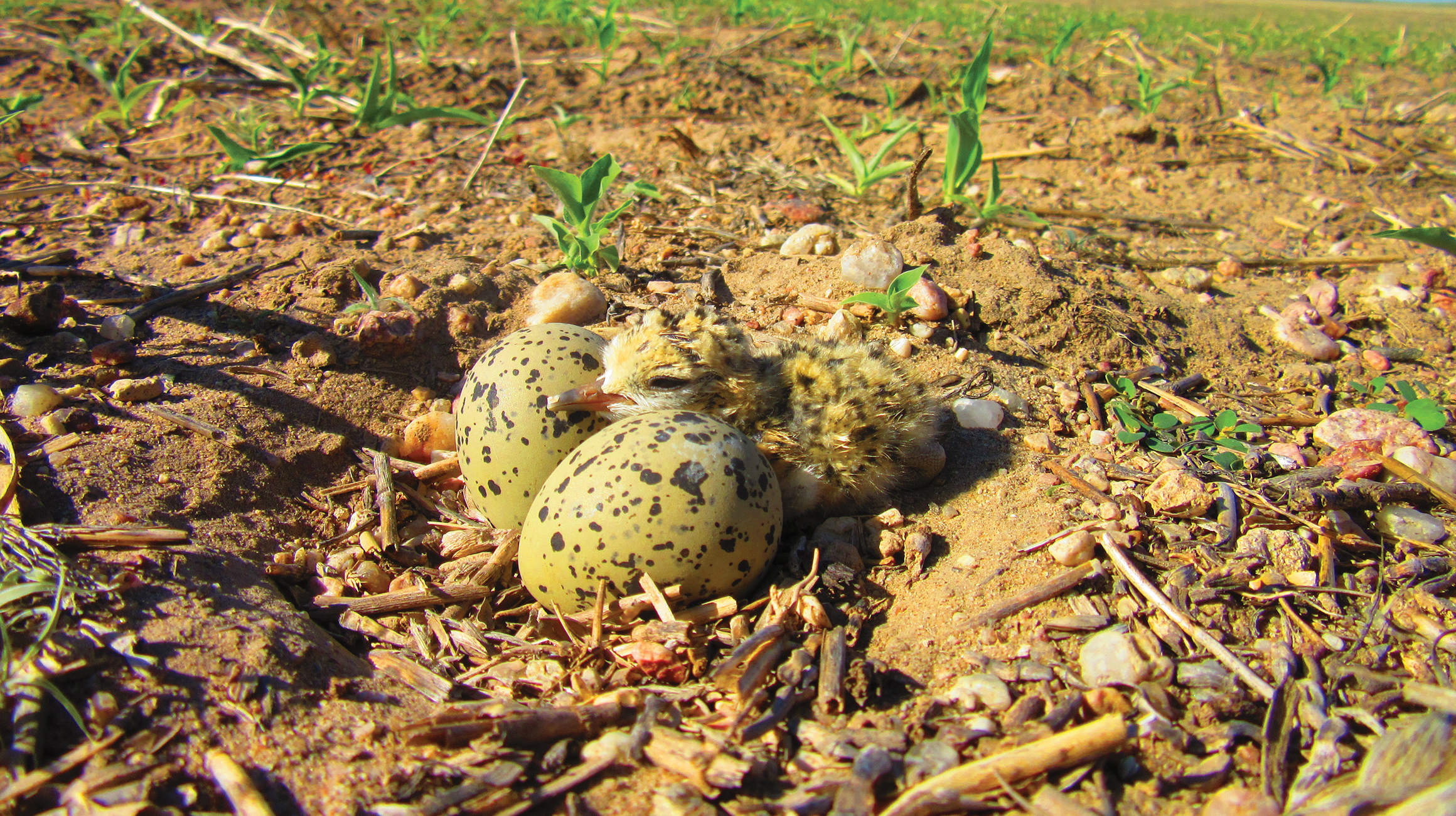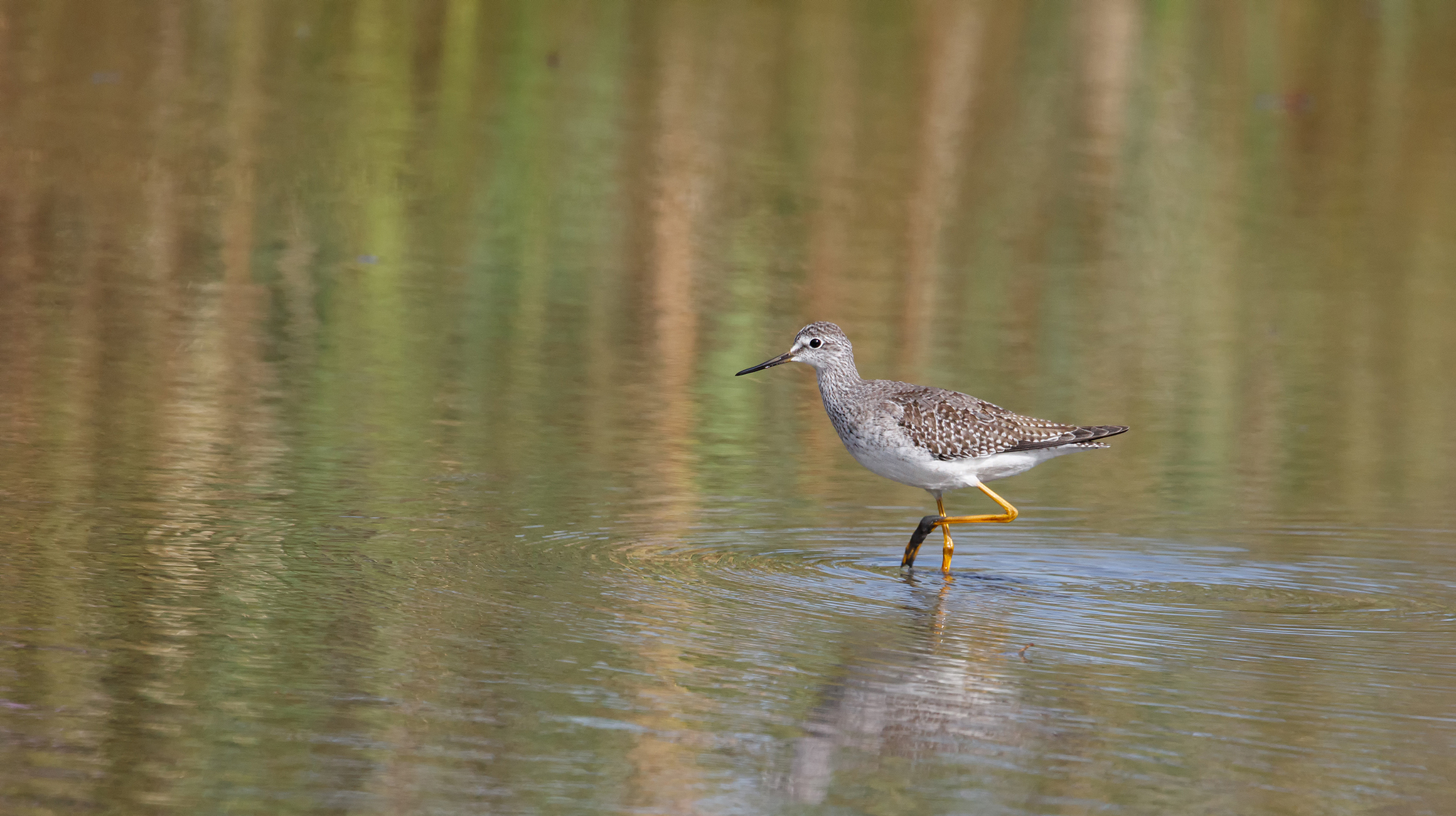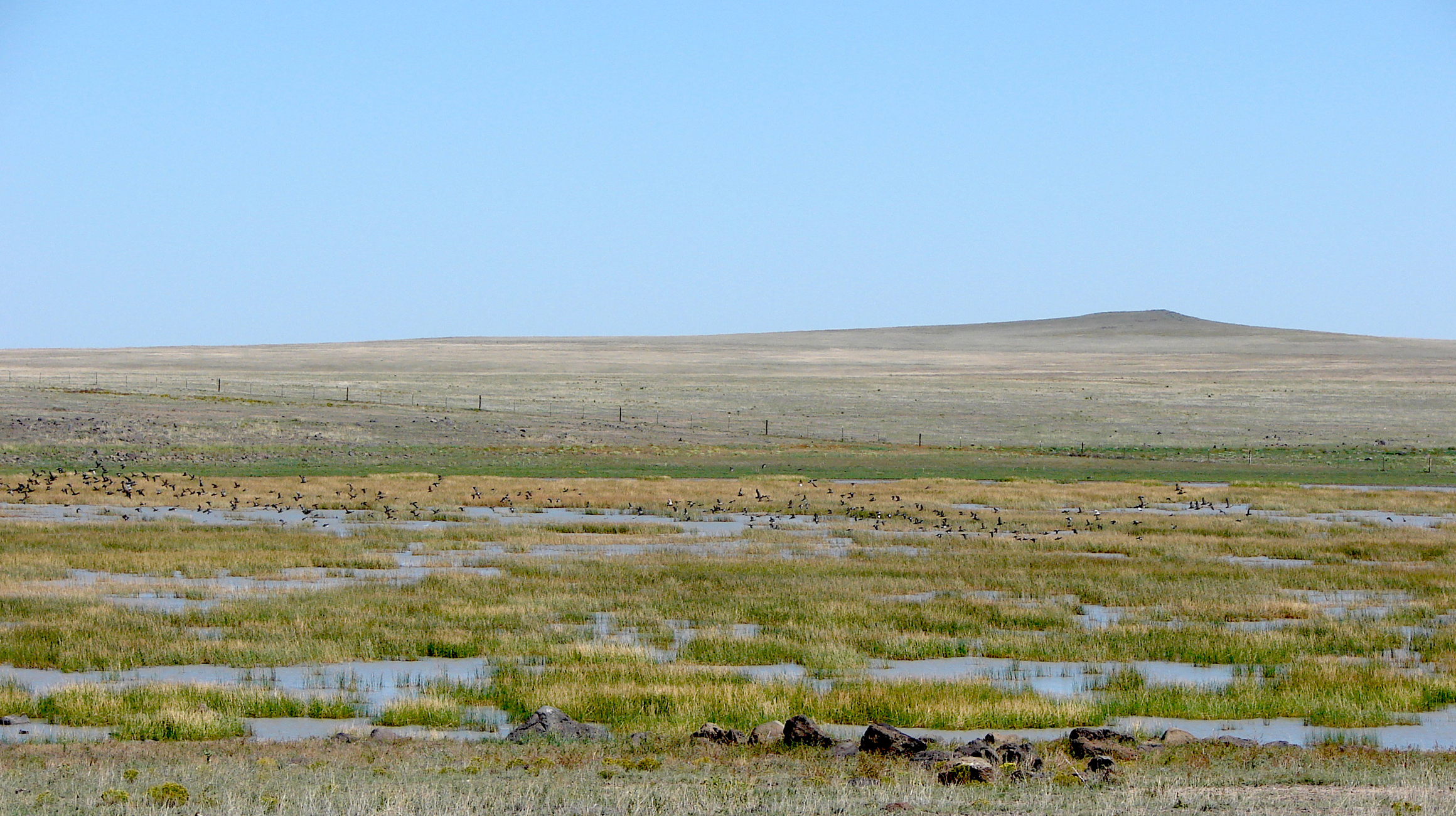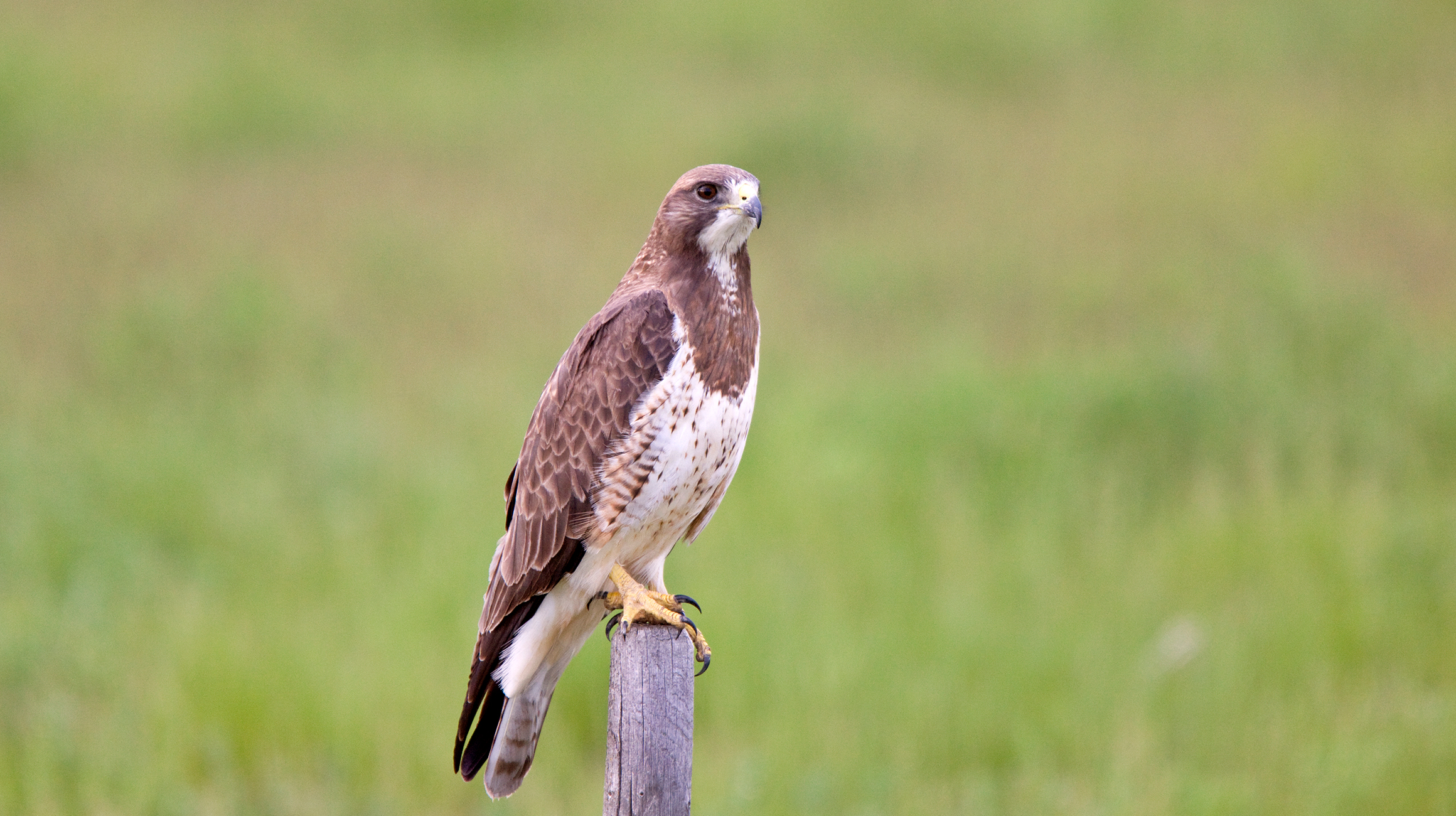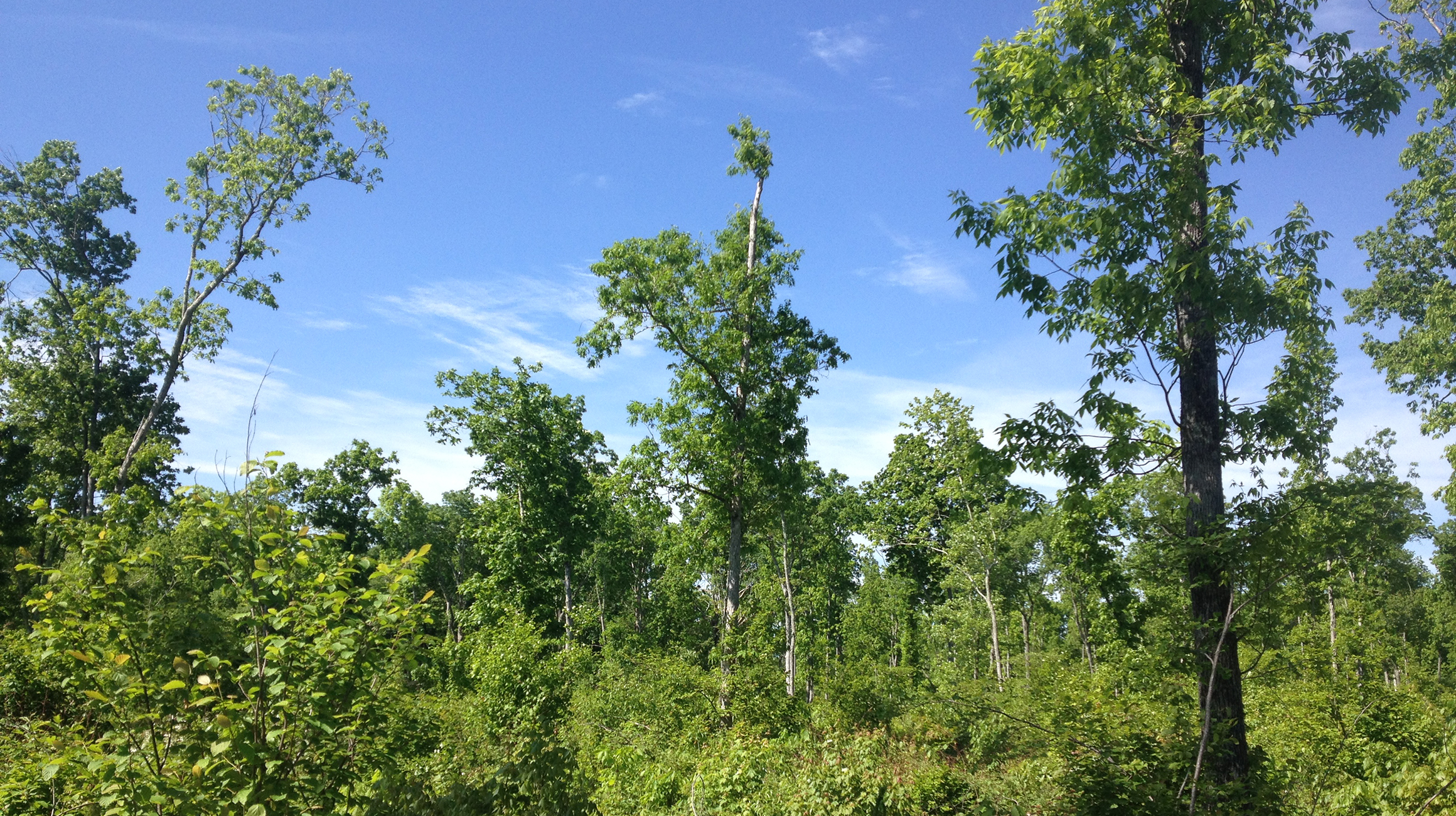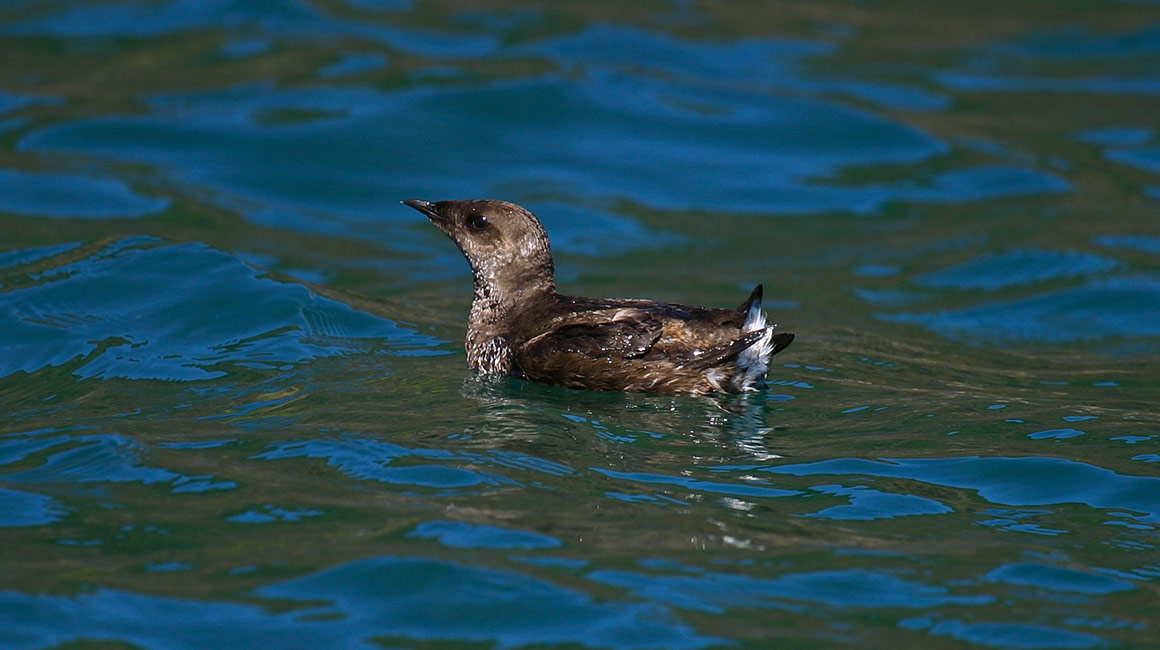What is Human Dimensions?
Human dimensions is a field of study that applies the social sciences to examine research questions that have implications for wildlife conservation efforts. Combining expertise from the fields of human dimensions and ornithology can improve bird conservation approaches and outcomes. It can lead to a better understanding of why people implement conservation actions or support funding for habitat conservation. It can also help inform where actions should be taken to benefit birds.
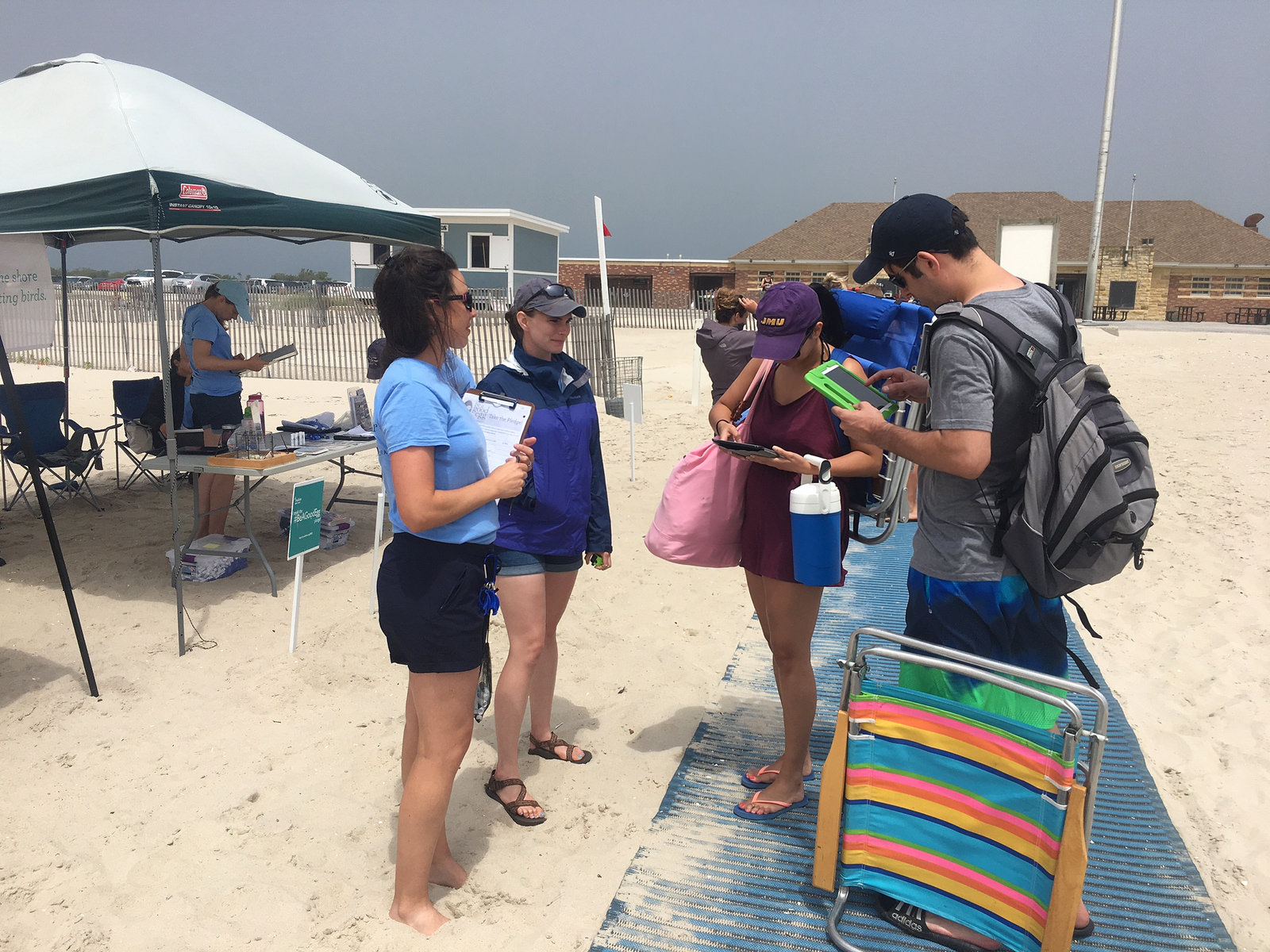

Integrating Social and Ecological Understanding Increases Success
Human dimensions research can maximize limited financial and staff capacity by supporting the design of conservation programs that work with and for people. Such information can aid practitioners in determining the best ways to motivate and engage citizens to care about and support bird conservation.
People, Birds, Conservation.
The greater bird conservation community identified a need for human dimensions success stories to be shared to communicate the utility and importance of integrating social science in bird conservation. In 2018, we conducted a call for success stories and received stories from across North America from Canada to the Caribbean. In the map to the right, we’ve highlighted 13 stories from this inaugural request for stories that showcase the sheer breadth and depth of social science integration within the bird conservation community. These stories utilize a range of social science disciplines, involve a plethora of organizations and cover a diversity of bird species and habitats!

